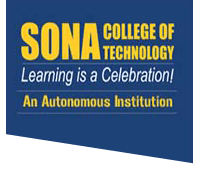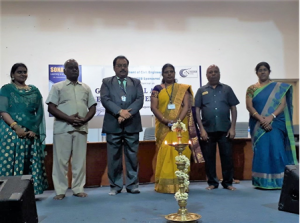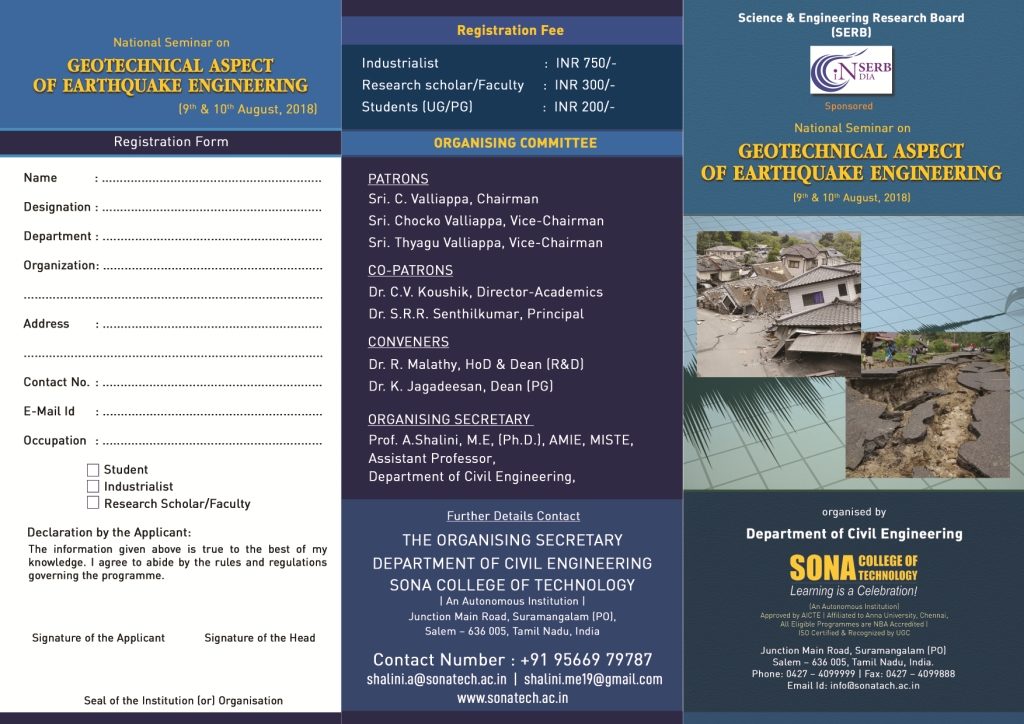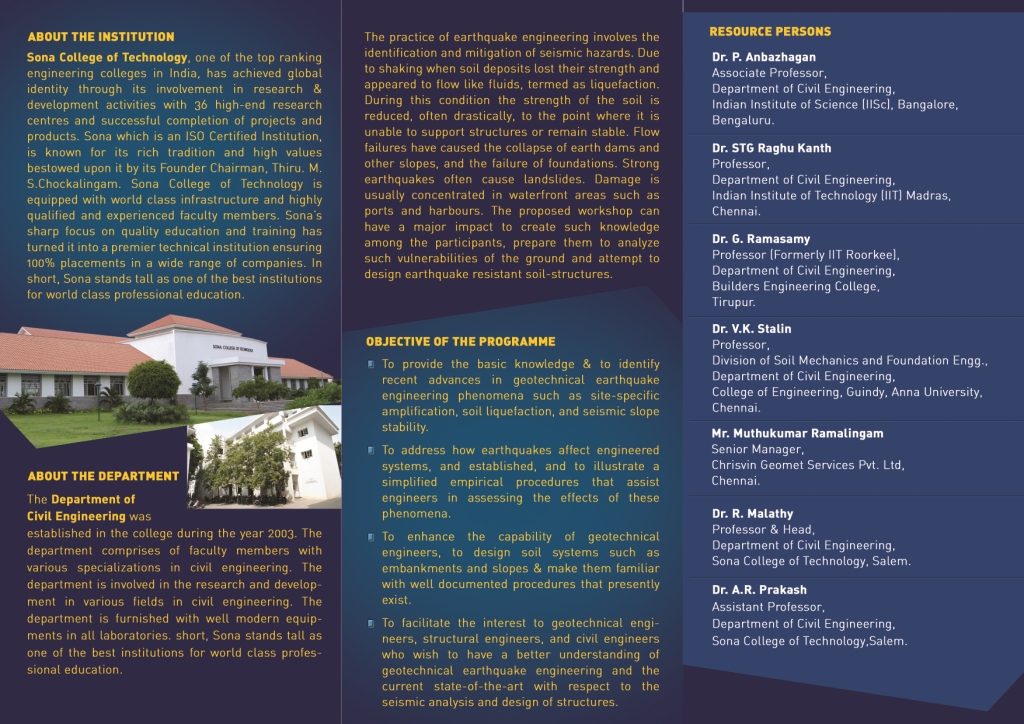Date/Time
Date(s) - 09/08/2018 - 10/08/2018
9:00 am - 5:00 pm
Location
PG Auditorium
Categories
The practice of Earthquake Engineering involves identification and mitigation of seismic hazards. Due to shaking when soil deposits lose its strength and appear to flow like fluids, it is termed as liquefaction. During this condition, the strength of the soil is reduced often drastically to the point where it is unable to support structures and remain stable. These flow failures have caused the collapse of earth dams and various structures. The workshop, DST-SERB SPONSORED NATIONAL SEMINAR ON “GEOTECHNICAL ASPECTS OF EARTHQUAKE ENGINEERING”, invited speakers from IISc Bangalore, Formerly IIT Roorkee, IIT Madras, Anna University, Chennai and also from Industry situated in India.
9th August 2018, Dr. S. R. R, Senthil Kumar (Principal, SCT), Dr. K. Jagadeesan (Dean, PG, SCT), Dr. R. Malathy (HoD/Civil Engineering) and Dr. G. Ramasamy (Professor(Formerly IIT, Roorkee)), addressed the gathering. Later on the day, Dr. G. Ramasamy engaged students by explaining the basics terminologies, and quantitative analysis of liquefaction with a case study –Assessment of Liquefaction potential on a 7 Storey Residential Building at IIT, Roorkee. Dr. A. R Prakash, an Assistant Professor at Dept. of Civil Engineering, SCT, explained various simulation and analysis software like Plaxis 2D and 3D. “These software can be used to analyze and quantify the effects of an earthquake.” -he added. Following him, Dr. V. K. Stalin, Professor/Civil, Anna University Chennai, engaged the students by explaining the mechanism of liquefaction with a leaning tower of PISA as an example. He added –”Liquefaction is the state of soil under which soil behaves as a fluid and this caused sinking of the entire structure without causing major damage to the structure.
The second day of the workshop, Dr. P. Anbazhagan, Associate Professor/Civil, IISc Banglore said –”Same Earthquake shock can be felt of higher magnitude at some places while others may not even feel it. It depends upon the landmass distribution and rock pattern.” He also explained various causes in terms of tectonic plates movements and consequences due to which an earthquake occurs. Following him, Mr. Muthukumar, Sr. Manager, Chrisvin Geomet Services Pvt. Ltd., demonstrated his instrument in Earthquake seismology. Final lecture session was handled by Dr. S. T. G. Raghu Kanth, Professor/Civil, IIT Madras, Chennai who spoke about Ground Motion and Hazard Analysis. He explained the velocity of an earthquake and compared it with the velocity of movement of tectonic plates. He quoted –”The codes we are using for construction of earthquake resistant building are based on old data and should be updated frequently.” The valedictory session was taken by Dr. R. Malathy and gave participants an opportunity to explain various memes and presentations that they had created to be presented on the stage. Finally, Mrs. A. Shalini, Organising Secretary concluded the Seminar with her thank you speech to all the teachers, participants and the sponsoring team.
The two-day workshop successfully enabled students to understand Earthquake causes, effects, and its mitigation methodologies to be adopted while designing structures –most of the student participants reviewed through the google forms in quick quiz performed to access the effectiveness of the event.






